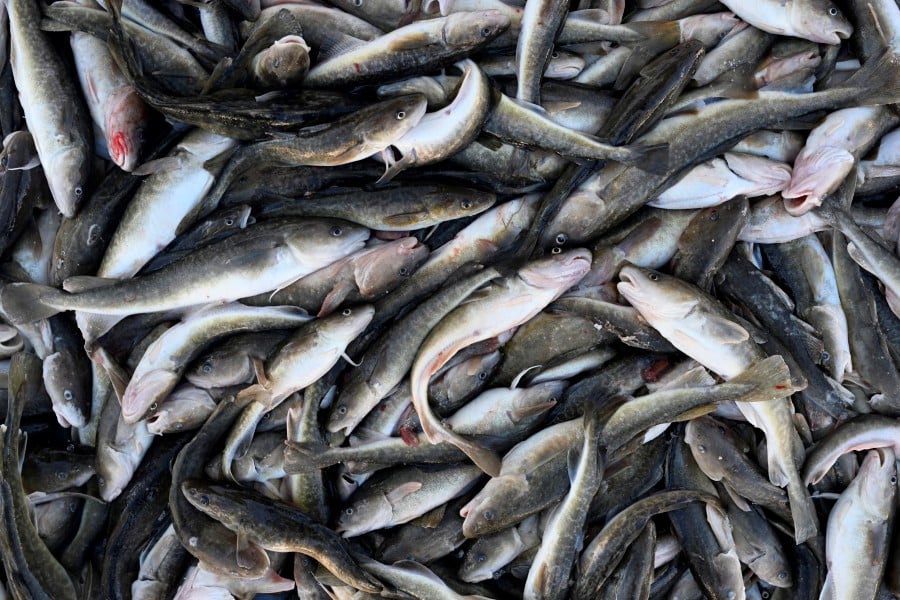
A single portion of freshwater fish obtained locally in a river or lake in the United States is equivalent to a month’s worth of drinking water laced with “forever chemicals,” according to a new study released on Tuesday.
According to Interesting Engineering, forever chemicals are the invisible compounds known as Per- and Polyfluorinated Substances (PFAS) that consumers see on things such as mobile phones, food containers, and so on. According to Study Finds, PFAS is a category of over 9,000 different compounds, the use of some of which is banned or severely limited.
“The extent to which PFAS has contaminated fish is staggering,” said first author Nadia Barbo, a graduate student at Duke University, in a statement, Local Today reported. “There should be a single health-protecting fish consumption recommendation for freshwater fish nationwide.”
The researchers reviewed data from over 500 samples of fish filets gathered in the United States between 2013 and 2015
The researchers reviewed data from over 500 samples of fish filets gathered in the United States between 2013 and 2015. According to Eurekalert, the median level of total PFAS in fish filets was 9,500 nanograms per kilogram, compared to 11,800 nanograms per kilogram in the Great Lakes.
PFAS is thought to have contaminated local waterways, affecting drinking water supplies and contaminating irrigated plants and fish. According to the study, eating fish has long been linked to PFAS exposure. For the first time, researchers discovered similar contamination in catfish in the Tennessee River in 1979.
“Food has always been a kind of hypothesis for how most people are exposed to PFAS compounds,” The Hill quoted author David Andrews, a senior scientist at the Environmental Working Group, as saying.
The amount of PFAS in freshwater in the United States is 280 times higher than the amount detected in commercially caught fish
According to the Environmental Working Group report, the amount of PFAS in freshwater in the United States is 280 times higher than the amount detected in commercially caught fish.
“People who consume freshwater fish, especially those who catch and eat it regularly, are at risk of alarming levels of PFAS in their bodies,” said Andrews, one of the study’s lead authors. “Growing up, I went fishing every week and ate those fish. But now when I see fish, all I think about is PFAS contamination.”
This discovery was “particularly concerning due to the impact on disadvantaged communities that consume fish as a source protein or for social or cultural reasons,” he noted. “This research makes me incredibly angry because companies that made and used PFAS contaminated the globe and have not been held responsible.”
Repeated exposure to these substances leads to serious health problems such as cancer
Repeated exposure to these substances not only weakens the immune system but also leads to serious health problems such as cancer. Because these dangerous compounds do not break down easily in nature or within the human body, Andrews advocated for more regulation to phase out non-essential PFAS applications.
According to France 24, European countries including Denmark, Germany, Norway, Sweden, and the Netherlands collectively presented a proposal to the EU’s European Chemicals Agency on Friday to ban PFAS.
